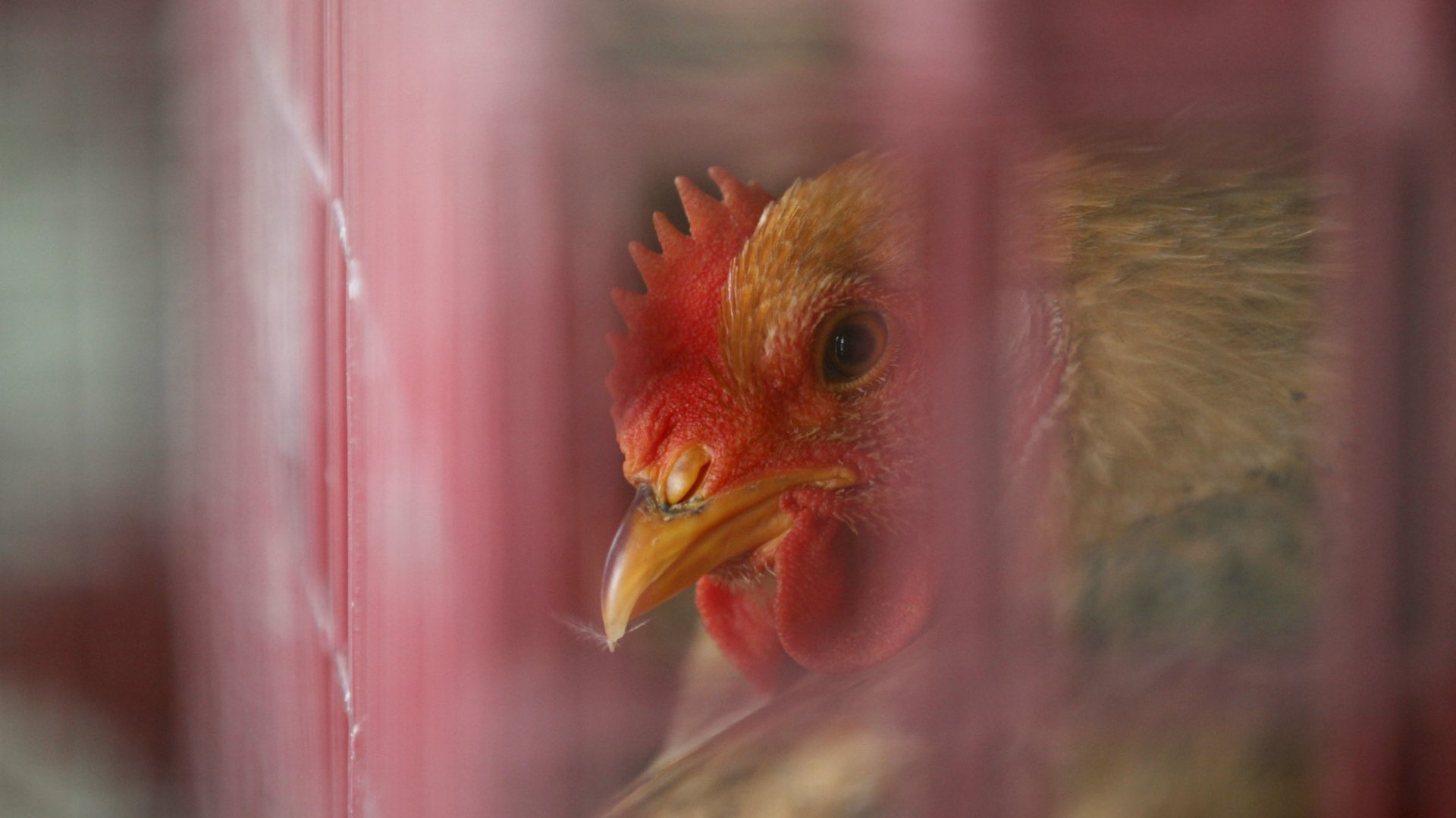China’s bird flu has been conquered—at least for now
China appears to have beaten back the latest strain of bird flu, according to global health authorities, but at no small cost. A total of 36 people have died, and UN experts said on Tuesday that the economy lost $6.5 billion as a result of the outbreak.


China appears to have beaten back the latest strain of bird flu, according to global health authorities, but at no small cost. A total of 36 people have died, and UN experts said on Tuesday that the economy lost $6.5 billion as a result of the outbreak.
The total number of infections has not increased since the tally hit 131 on May 8 (including one in Taiwan) but China, and the rest of the world, are not out of the danger zone yet. “The immediate outbreak has been controlled,” said Keiji Fukada, of the World Health Organization, “but it is also unlikely that the virus has simply disappeared. We believe we need to go another autumn/winter/spring season to know.” He also warned that the world is not prepared for a highly contagious strain of flu—something that H7N9 virus never morphed into, but still might in the future.
Public fears of infection led the closure of poultry markets and a big drop in chicken sales, knocking millions of dollars off the profits of companies such as Yum! Brands, which own KFC, Taco Bell and Pizza Hut. Even the sight of agricultural officials eating chicken at an animal husbandry expo hasn’t fully restored confidence (or prices), although 600 million yuan in industry subsidies helped. And it’s not just food brands that have suffered. The price of down feathers, which are used in bedding, has doubled since February, according to traders who spoke to Xinhua. The travel and tourism industry has also suffered losses, particularly in Shanghai, which absorbed the brunt of the outbreak.
For now at least, the people of China can feel more confident going back to eating chicken. At least in Guangzhou, where rice is now suspect, it’s nice to have another option.